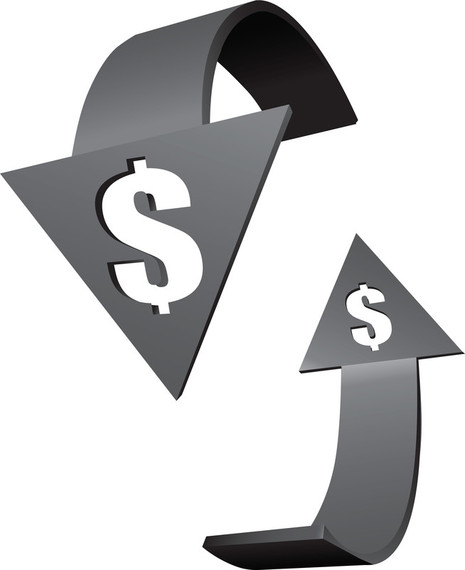Home prices nationally have been rising, and they seem to be picking up the momentum a bit. According to the latest S&P Case-Shiller Home Price 20-City Composite Index, there was a 5% year over year rise in February following a 4.5% gain in January over the previous year. There is some enthusiasm on the part of market watchers, as they see home buyers returning to the market in larger numbers.
Markets move in cycles, but there are periods when they're more linear in their price movement. During the rising market up to the boom in 2006, some would call that a national linear uptrend, and a strong one at that. However, most linear markets are more subdued, even boring. There aren't major swings, and even growth or decline angles are not steep. It is more accurate to call that boom period a cyclical market, trending strongly upward.
Linear markets rarely exhibit boom or bust events. Cyclical markets on the other hand, as in the boom leading up to 2007, often turn in the other direction in a dramatic way. We certainly saw an extreme example when things began to collapse in 2007 and even more seriously in 2008. When it's a sharp trend up, it's often called a bubble, and the reversal is when it bursts.
In less dramatic times, many of the cyclical markets have been coastal high cost markets, such as California, Florida and major cities like New York, Los Angeles, and Las Vegas. These high density areas often exhibit high wages and a limited supply of homes for rent or sale compared to demand. This creates an upcycle, and can become excessive, the bubble.
We definitely saw this before the crash, and we saw the lesser drama in the middle of the country, states and cities that had shown a more linear growth and had a far less dramatic decline when the boom areas were crashing badly. It's a bit of oversimplification to say markets are either linear or cyclical, as real estate is very local, and special or "hybrid" markets abound as well.
Many times these can be vacation markets, beach areas, mountain retreats, ski areas, etc. The motivations for buying in these markets differ enough that they can even move directly opposite the surrounding market areas. If the stock market and other investment classes are doing well, the higher end vacation home buyers may just decide that they need and can afford a getaway. However, in the year leading up to a presidential election, these markets can stall a bit, as uncertainty keeps these buyers from making luxury purchase decisions.
Right now continuing low mortgage rates are contributing to a resurgence in buying. With rates still under 4%, many buyers feel pressure to make a buy before rates rise and the home they can afford shrinks in size and amenities. It's interesting to observe the balance between homeowners who want prices rising significantly and potential buyers who want continuing lower mortgage rates, more inventory from which to choose, and less upward price pressure.
Investors are watching closely as well, buying up rental properties and enjoying a great rental market that should continue for a while yet.

